An ant’s eye view of sand
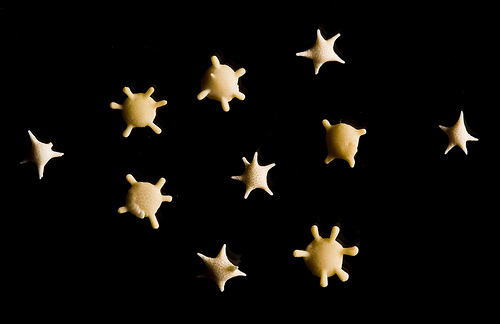
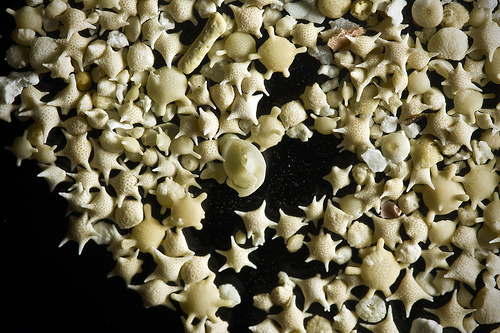
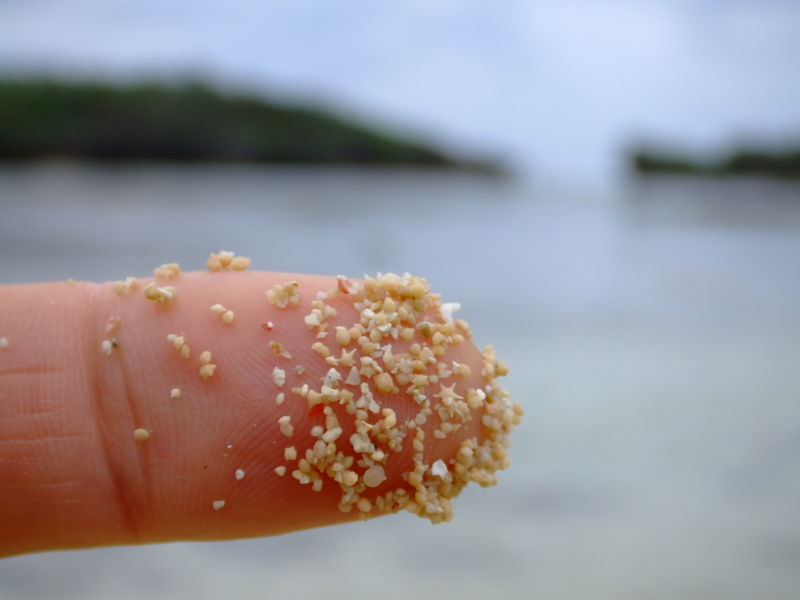
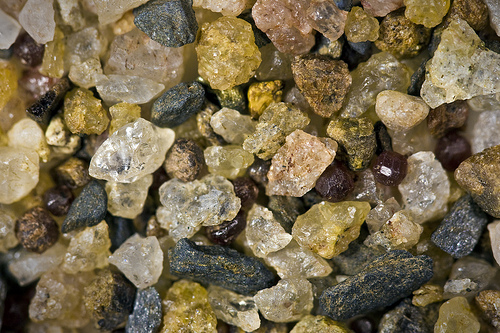
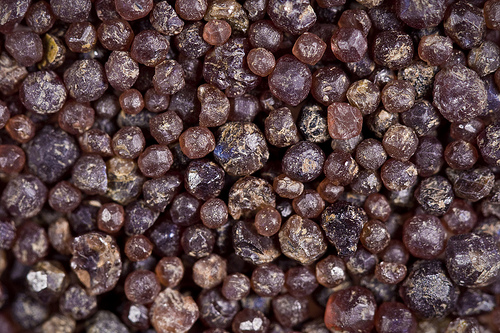
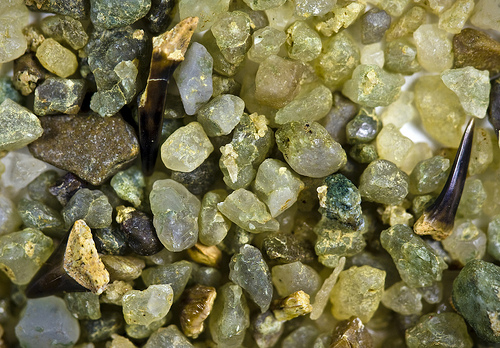






To an ant, a piece of garnet or a shark’s tooth is merely another boulder to excavate for the expansion of the nest. And for humans, these bits of treasure would largely go unnoticed as just another grain in an anthill. But, as the blog Neatorama pointed out this week, every inch of sand is a world of discovery to photographers and sand collectors.
Specifically, Flickr user Mouser Williams captures the history and biological connections of each location through his macro lens. For example, the pointy star sand from beaches in southern Japan—such as on Iriomote Island in Okinawa—was formed from the death of Foraminifera. In this case, these organisms are marine protists with calcium-based skeletons that wash ashore to create the “sand.”
Williams also described how the hard work of ants creates unique sand compositions: “…Ant sand from a site near Taos, New Mexico…has a remarkably high concentration of garnets. The reddish faceted spheres are garnets hauled up to the surface by the ants. Because they are roughly spherical, they tend to roll down the slopes of the ant hills and collect in an annulus around the base of the ant hill.”
Using a magnet, Williams extracted some of the garnets and photographed them separately. “These garnets range in size from 1mm to 5mm in diameter,” he explained. “There are presumably larger garnets in the soil in this area, but with ant sand you are limited to things ants can lift and carry.”
In another photo, ants excavated fossil bits from their nest in the Morrison Formation of New Mexico, a location that at one point supported dinosaurs, reptiles, termites, conifers, ginkgos, tree ferns and more along the area’s rivers. The site also had a diverse group of sauropod species at one time.
Photo Credit for Star Sand Naked Eye (sand on a finger): Geomr
Photo Credit for all other sand photos: Mouser Williams